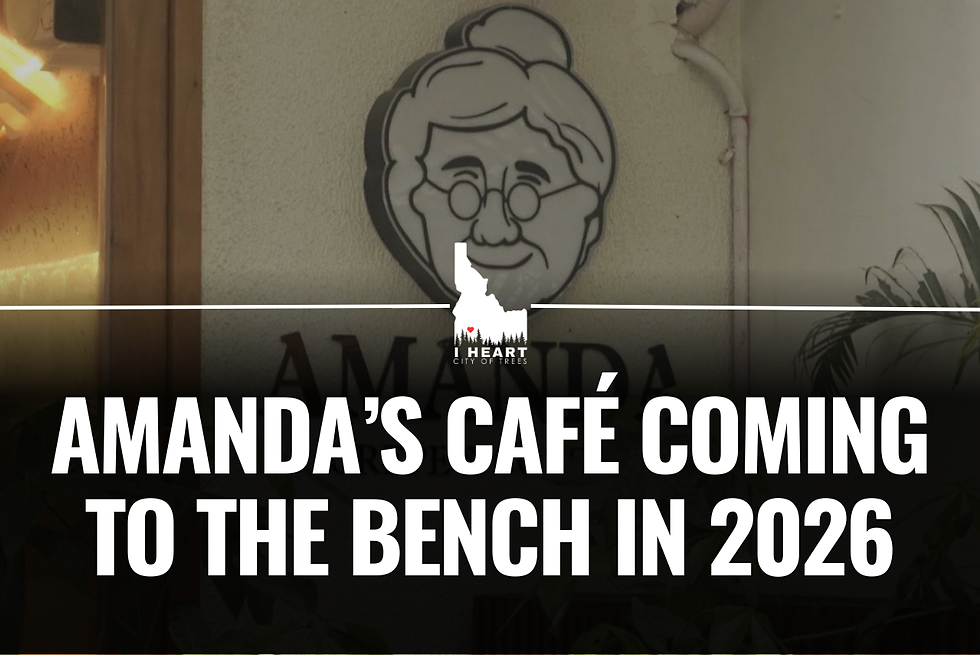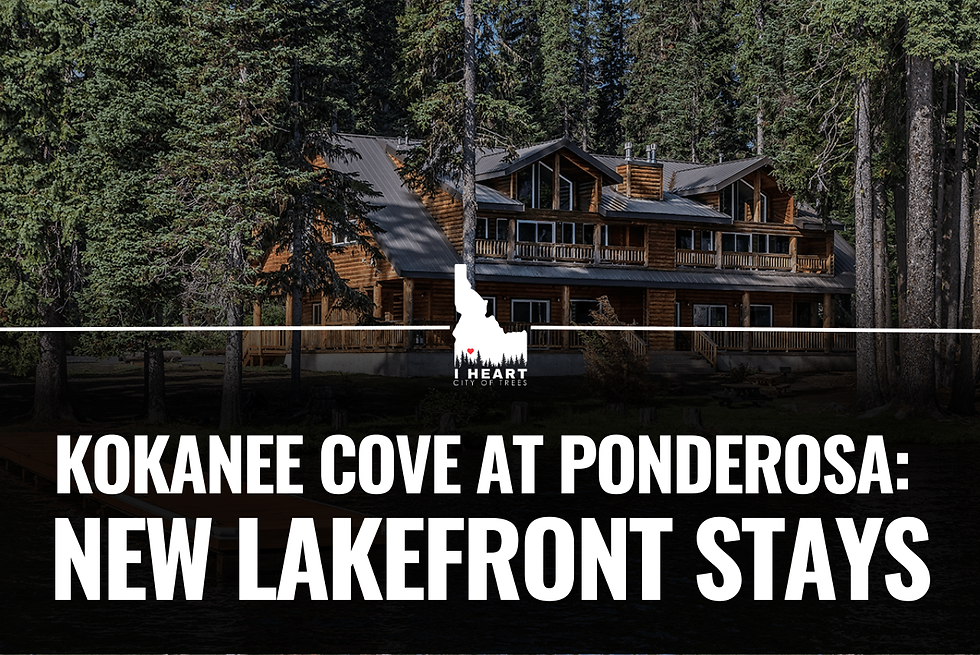Harris Ranch vs. the State: How a Boise Neighborhood Ended Up at the Idaho Supreme Court
- Brent Hanson
- Jul 14
- 3 min read
Updated: Jul 29

When you think of legal showdowns, you probably imagine big corporations, celebrity trials, or political drama, not a picturesque Boise neighborhood. But Harris Ranch, one of the most high-profile master-planned communities in East Boise, just landed in the spotlight with a case that could reshape how future neighborhoods are built across Idaho.
This isn’t just a story about one subdivision. It’s about taxes, growth, and who pays the price when our cities expand.
Let’s break it down.
What’s a CID, and Why Should You Care?
Before we dive into the lawsuit, we need to talk about Community Infrastructure Districts, or CIDs.
CIDs are special districts formed to help pay for the infrastructure needed to support new neighborhoods, think roads, sewer systems, parks, fire stations, and more. Instead of the city footing the entire bill (or waiting years for funding), developers can use a CID to issue bonds and pay for infrastructure upfront, repaid over time by homeowners in the form of extra property taxes.
It’s a tool used around the country, but in Idaho, it’s relatively new, and this is the first time anyone has legally challenged it.
The Neighborhood at the Center of It All: Harris Ranch
If you’ve driven through East Boise, you’ve probably seen Harris Ranch. It’s a growing, thoughtfully designed community with walkable streets, access to the Greenbelt, and close proximity to the foothills. But behind the scenes, a battle has been brewing.
The Harris Ranch CID was formed in 2008 to help fund the community’s infrastructure. Since then, homeowners have been paying an extra tax to cover the bond used for construction improvements.
That tax—and how it was created is at the heart of this legal battle.
Who’s Suing Whom?
The case pits residents of Harris Ranch against the developer and the CID itself.
Specifically, a group called the Harris Ranch CID Taxpayers’ Association—led by homeowners Bill Doyle and Larry Crowley, has taken the issue all the way to the Idaho Supreme Court. They argue that the process used to approve the CID was flawed and unfair.
Their core concern? Homeowners are paying for infrastructure through taxes that they didn’t fully understand, or agree to, when they bought into the neighborhood.
The Legal Timeline: What’s Happening Now?
📅 June 9, 2025 – The Idaho Supreme Court heard oral arguments in the case.
⚖️ Ruling Expected Soon – A decision is anticipated in the coming months.
Depending on how the court rules, it could:
Validate the current CID structure and keep taxes in place
Force changes to how CIDs are approved and managed
Set a precedent for how infrastructure is funded in new developments across the state
This case could ripple far beyond Harris Ranch.
Growth vs. Fairness: The Bigger Debate
Boise is growing. Fast. With more people moving in, we need new neighborhoods, better roads, more schools, and expanded city services. But who should foot the bill?
Proponents of CIDs say they’re a smart way to build infrastructure without overburdening the city budget. Developers can move quickly, and residents benefit from well-planned communities with amenities from day one.
Critics, like the homeowners in this case, argue that the model can put too much financial pressure on homebuyers, especially if the details aren’t transparent or if the taxes go toward infrastructure they had no say in.
This legal challenge is really a test of how we balance growth with fairness.
What Could This Mean for Future Idaho Neighborhoods?
This case isn’t just about Harris Ranch. It could shape how every future CID-funded development in Idaho is structured.
If the court sides with the homeowners, developers and cities might have to:
Be more transparent about CID taxes during home sales
Allow greater homeowner input or voting rights in CID decisions
Change how infrastructure costs are passed along to residents
If the court upholds the current model, we’ll likely see more CID-funded projects pop up around the Treasure Valley, especially as growth continues.
Either way, the outcome will influence how Boise grows—and who pays for it.
Final Thoughts: Why This Matters
You don’t need to live in Harris Ranch for this case to affect you. If you live in (or are planning to move to) any master-planned community in Idaho, chances are you’ll come across a CID, or some other mechanism where infrastructure costs are passed on to homeowners.
This case is a wake-up call for buyers to ask the right questions and for developers and cities to rethink how they engage with the communities they build.
Boise’s biggest tax fight is happening right now, at the highest court in the state, and its impact will be felt for years to come.
👉 Want to stay updated on how this unfolds and get more insights into Boise's growth, neighborhoods, and local issues? Follow @iHeartCityOfTrees for more local news, facts, and community perspectives, without the noise.




Comments